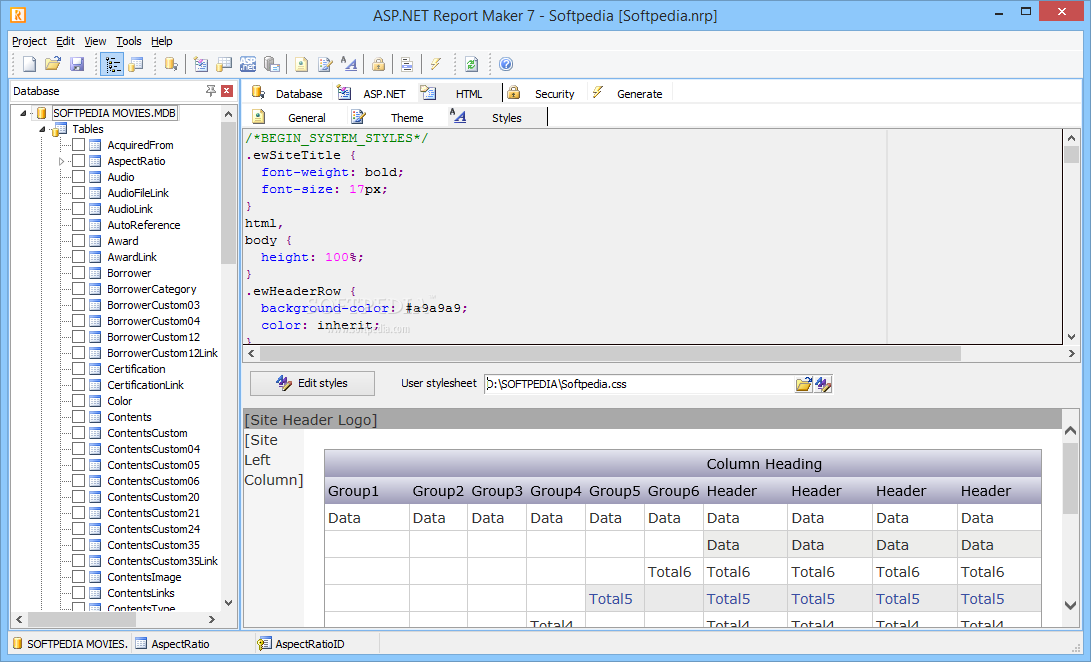Asp Report Maker Crack Cocaine

What is Cocaine? Cocaine is a powerfully addictive stimulant that directly affects the brain. Cocaine was labeled the drug of the 1980s and ‘90s because of its extensive popularity and use during this period. However, cocaine is not a new drug. In fact, it is one of the oldest known drugs. The pure chemical, cocaine hydrochloride, has been an abused substance for more than 100 years and coca leaves, the source of cocaine, have been ingested for thousands of years. Pure cocaine was first extracted from the leaf of the Erythroxylon coca bush, which grows primarily in Peru and Bolivia, in the mid-19th century.
In the early 1900s, it became the main stimulant drug used in most of the tonics/elixirs that were developed to treat a wide variety of illnesses. Today, cocaine is a Schedule II drug, meaning that it has high potential for abuse but can be administered by a doctor for legitimate medical uses, such as local anesthesia for some eye, ear, and throat surgeries. There are basically two chemical forms of cocaine: the hydrochloride salt and the “freebase.” The hydrochloride salt, or powdered form of cocaine, dissolves in water and, when abused, can be taken intravenously (by vein) or intranasally (in the nose). Freebase refers to a compound that has not been neutralized by an acid to make the hydrochloride salt. The freebase form of cocaine is smokable.
Cocaine is generally sold on the street as a fine, white, crystalline powder, known as “coke,” “C,” “snow,” “flake,” or “blow.” Street dealers generally dilute it with such inert substances as cornstarch, talcum powder, and/or sugar, or with such active drugs as rocaine (a chemically related local anesthetic) or with such other stimulants as amphetamines. What is crack? Crack is the street name given to a freebase form of cocaine that has been processed from the powdered cocaine hydrochloride form to a smokable substance. The term “crack” refers to the crackling sound heard when the mixture is smoked. Crack cocaine is processed with ammonia or sodium bicarbonate (baking soda) and water, and heated to remove the hydrochloride.

Because crack is smoked, the user experiences a high in less than 10 seconds. This rather immediate and euphoric effect is one of the reasons that crack became enormously popular in the mid 1980s. Another reason is that crack is inexpensive both to produce and to buy.
Georgia said Florida has failed to show that crack cocaine crack cocaine drug type drug type. Smartlock Maker Otto Stops Just. GMA Report Highlights Digital. PHP Report Maker 9 Full Crack is an easy-to-use PHP repoting software that allows to create dynamic PHP reports from several database engines. Hyde Park Group: Food Innovation“As a senior executive with accountabilities for new brand innovation, they made significant contributions to the development of an. ASP Report Maker is a powerful reporting tool that can generate dynamic ASP (Active Server Pages) Web reports from a Microsoft Access database or other ADO Data Source.
Crack cocaine remains a serious problem in the United States. The National Survey on Drug Use and Health (NSDUH) estimated the number of current crack users to be about 567,000 in 2002. What is the scope of cocaine use in the United States?
In 2002, an estimated 1.5 million Americans could be classified as dependent on or abusing cocaine in the past 12 months, according to the NSDUH. The same survey estimates that there are 2.0 million current (past-month) users. Cocaine initiation steadily increased during the 1990s, reaching 1.2 million in 2001. Adults 18 to 25 years old have a higher rate of current cocaine use than those in any other age group. Overall, men have a higher rate of current cocaine use than do women. Also, according to the 2002 NSDUH, estimated rates of current cocaine users were 2.0 percent for American Indians or Alaskan Natives, 1.6 percent for African-Americans, 0.8 percent for both Whites and Hispanics, 0.6 percent for Native Hawaiian or other Pacific Islanders, and 0.2 percent for Asians.
World Wide Web Robert W Sebesta Pdf Merge. The 2003 Monitoring the Future Survey, which annually surveys teen attitudes and recent drug use, reports that crack cocaine use decreased among 10th-graders in 30-day, annual, and lifetime use prevalence periods. This was the only statistically significant change affecting cocaine in any form. Past-year use of crack declined from 2.3 percent in 2002 to 1. Practice Of Philosophy Rosenberg Pdf. 6 percent in 2003.
Last year, the rate increased from 1.8 percent to 2. Telecharger Driver Hp Photosmart C4280 Gratuities. 3 percent, and this year’s decline brings it to approximately its 2001 level. Data from the Drug Abuse Warning Network (DAWN) showed that cocaine-related emergency department visits increased 33 percent between 1995 and 2002, rising from 58 to 78 mentions per 100,000 population. Content provided with permission from the National Institute on Drug Abuse. We provide access (links) to some external web sites for your convenience.